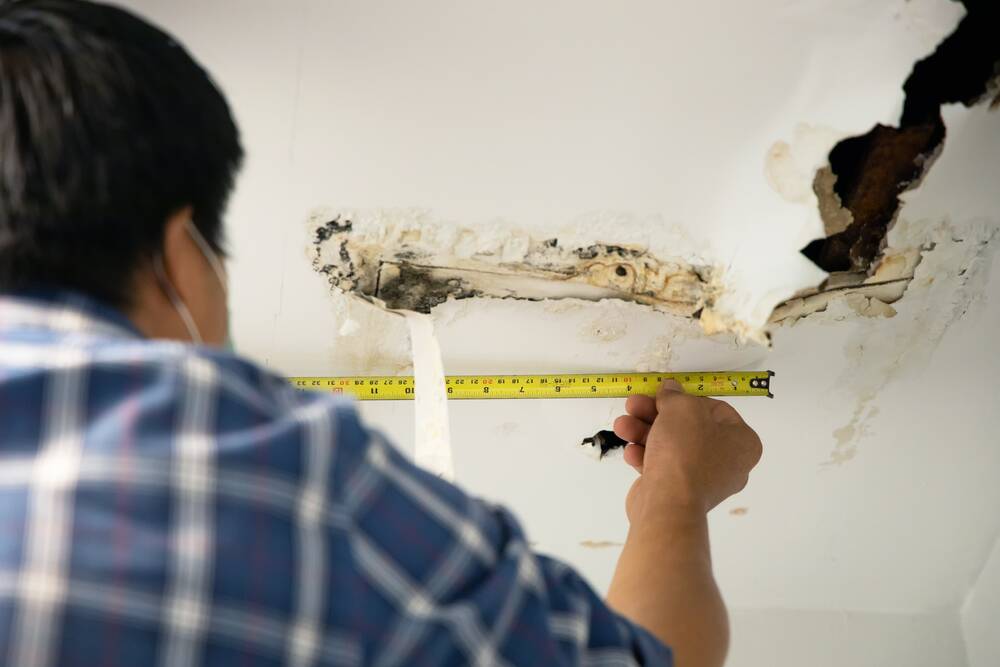Diagnosing structural & utility issues within a workplace

This is branded content.
In their lifetime, all buildings are likely to suffer from defects of some form or another.
Even when the strictest level of maintenance is implemented, you cannot guarantee that defects won't arise if, for example, the building is constructed improperly or conditions affect it that are out of the provider's control.
Any defect, from heavy condensation to a crack in an industrial unit wall to the need for a hot water system repair, can cause a whole host of issues moving forward if not effectively addressed.
Many individuals see buying a property as a once-in-a-lifetime opportunity.
Nevertheless, maintaining that property requires continuous effort throughout your lifetime. Because every building consists of a diversity of components and materials, structural issues can always occur from time to time.
The most common issues for interiors are cracks, splits, and movement, which can be severe enough to compromise the structural integrity of the entire structure.
Let's take a closer look at the leading causes of structural building defects so you can recognise them and take action quickly.
How does a defect diagnosis work?
Building defects can be caused by numerous different reasons such as natural deterioration, inadequate workmanship, poor design, and improper material selection, to name a few.
The earlier defects are detected, the better for safety, and it will also help you to avoid unnecessary fees and charges.
It may also be necessary to establish a clear causal connection depending on when the construction defect occurs to seek redress against a negligent party such as the designer or builder.
Signs of settlement
The effects of time, weather, and soil composition cause settlement, which is sinking or moving of the foundation.
Falling brick chunks are a sign of foundation settlement. Cracks on the walls can cause humidity and water seepage, resulting in severe damage.
A moist environment can result in the growth of pathogenic fungi. Cracks on walls and steps and sticking windows are some of the warning signs that you should look out for.
Building owners may fail to notice the foundation shrinkage or expansion, as well as air leaks in the roof.
Whenever the signs of settlement become obvious, homeowners need to pay closer attention.
A sinking foundation must be levelled in order to solve major issues moving forward.
Simply put, the foundation must be raised to its original height. The structure can even be balanced by digging deep and placing piers.
Occasionally, slab jacking may be recommended by experts. This process involves pumping a special mixture into the holes to fix sunken concrete.
It is also important to evaluate the degree of moisture in the soil before sealing the foundation to ensure long-lasting results.
Inadequate drainage
Every workplace relies on water to survive; however, a lot of it in the wrong place is never good.
Poor drainage leads to problems for all residents, pets, and greenery within the building.
Cities are plagued with water clogging problems, and insufficient sewage disposal or poorly maintained drains could be the cause of the issues.
Some common signs of malfunction in the drainage system include overflowing gutters, water stains in basements, puddling, saturated soil, mildew in the attic, and undirected water in the downspouts.
Regardless of the type of drainage system in your building, the issues you face are usually the same.
A drainage issue needs to be immediately addressed since it could lead to foundation problems, affecting the entire infrastructure.
The gutters should be cleaned regularly and inspected for issues. An ideal drainage system should encompass both the internal and external drains.
Well-designed structures will slope away from the building. The options for dry wells, corrugated tubes, grassy swales, and others are numerous, but it takes an expert to decide which one is best for a particular workplace building structure.
Building maintenance is a lifelong commitment
A building and its components need to be maintained regularly for years to come. As a specialised field, structural maintenance is best handled by a professional engineering firm or consultant.
Additionally, structural inspectors can point out areas of concern with an investigative demolition and concealed structural elements and connections that might require attention.
The inspectors might even suggest remedial actions following the inspection.
Having a proper understanding of structural maintenance can help curb unnecessary expenditure for your business moving forward and help you identify issues as soon as they arise so you can take the necessary measures to fix the issues as quickly as possible.


